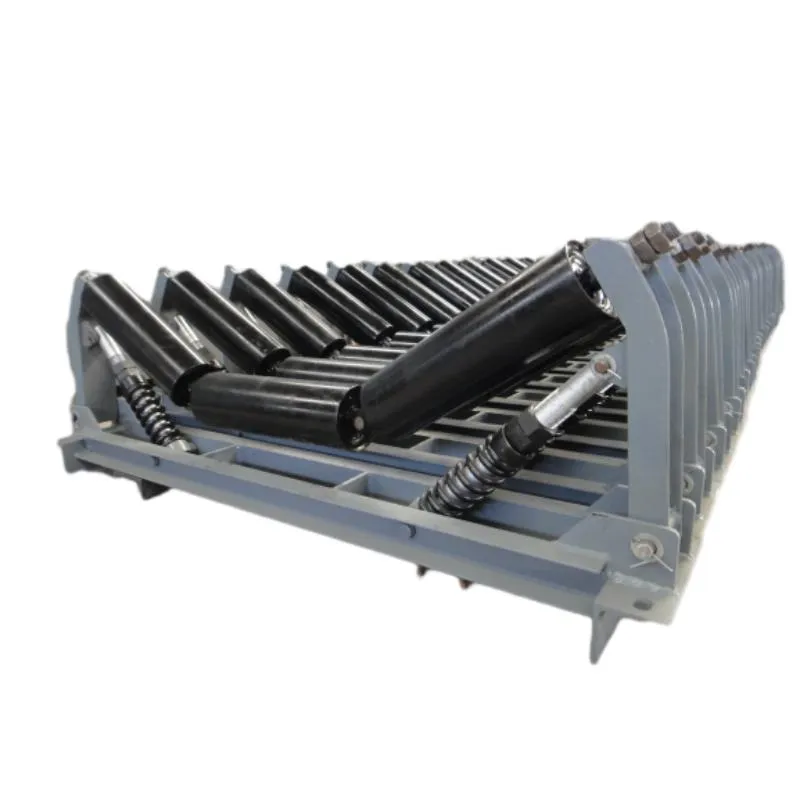 Afrikaans
Afrikaans  Albanian
Albanian  Amharic
Amharic  Arabic
Arabic  Armenian
Armenian  Azerbaijani
Azerbaijani  Basque
Basque  Belarusian
Belarusian  Bengali
Bengali  Bosnian
Bosnian  Bulgarian
Bulgarian  Catalan
Catalan  Cebuano
Cebuano  Corsican
Corsican  Croatian
Croatian  Czech
Czech  Danish
Danish  Dutch
Dutch  English
English  Esperanto
Esperanto  Estonian
Estonian  Finnish
Finnish  French
French  Frisian
Frisian  Galician
Galician  Georgian
Georgian  German
German  Greek
Greek  Gujarati
Gujarati  Haitian Creole
Haitian Creole  hausa
hausa  hawaiian
hawaiian  Hebrew
Hebrew  Hindi
Hindi  Miao
Miao  Hungarian
Hungarian  Icelandic
Icelandic  igbo
igbo  Indonesian
Indonesian  irish
irish  Italian
Italian  Japanese
Japanese  Javanese
Javanese  Kannada
Kannada  kazakh
kazakh  Khmer
Khmer  Rwandese
Rwandese  Korean
Korean  Kurdish
Kurdish  Kyrgyz
Kyrgyz  Lao
Lao  Latin
Latin  Latvian
Latvian  Lithuanian
Lithuanian  Luxembourgish
Luxembourgish  Macedonian
Macedonian  Malgashi
Malgashi  Malay
Malay  Malayalam
Malayalam  Maltese
Maltese  Maori
Maori  Marathi
Marathi  Mongolian
Mongolian  Myanmar
Myanmar  Nepali
Nepali  Norwegian
Norwegian  Norwegian
Norwegian  Occitan
Occitan  Pashto
Pashto  Persian
Persian  Polish
Polish  Portuguese
Portuguese  Punjabi
Punjabi  Romanian
Romanian  Russian
Russian  Samoan
Samoan  Scottish Gaelic
Scottish Gaelic  Serbian
Serbian  Sesotho
Sesotho  Shona
Shona  Sindhi
Sindhi  Sinhala
Sinhala  Slovak
Slovak  Slovenian
Slovenian  Somali
Somali  Spanish
Spanish  Sundanese
Sundanese  Swahili
Swahili  Swedish
Swedish  Tagalog
Tagalog  Tajik
Tajik  Tamil
Tamil  Tatar
Tatar  Telugu
Telugu  Thai
Thai  Turkish
Turkish  Turkmen
Turkmen  Ukrainian
Ukrainian  Urdu
Urdu  Uighur
Uighur  Uzbek
Uzbek  Vietnamese
Vietnamese  Welsh
Welsh  Bantu
Bantu  Yiddish
Yiddish  Yoruba
Yoruba  Zulu
Zulu drive pulley
Understanding Drive Pulleys Essential Components in Mechanical Systems
Drive pulleys are integral components in various mechanical systems, serving as vital elements in the transmission of power and motion. These simple yet effective devices translate rotational motion from one source to another, often in conjunction with belts or chains. Their applications span across numerous industries, including automotive, manufacturing, and even aerospace.
At its core, a drive pulley operates by creating a mechanical advantage that facilitates the transfer of energy. When a driver pulley is turned by a motor, it can transmit its rotational force to a driven pulley connected by a belt or chain. This transference amplifies torque and increases the efficiency of the system. The design and construction of these pulleys can drastically affect the performance and durability of the entire assembly.
Types of Drive Pulleys
Drive pulleys come in various types, each suited for specific applications
. The most common types include1. Fixed Pulleys These are stationary pulleys that do not move with the belt. They are often used to change the direction of force, making lifting tasks easier.
2. Movable Pulleys In contrast, movable pulleys can move along the belt, and they are typically used to reduce the amount of force needed to lift a load.
drive pulley

3. Compound Pulleys These systems combine fixed and movable pulleys to further reduce the effort required to lift heavy objects, making them highly efficient for complex lifting tasks.
4. V-shaped and Flat Pulleys Depending on their application, some pulleys are designed to accommodate specific types of belts. V-shaped pulleys fit V-belts, which are common in automotive engines, while flat pulleys accommodate flat belts often found in industrial machinery.
Applications of Drive Pulleys
The versatility of drive pulleys allows for their integration into a plethora of mechanical systems. In vehicles, they play a crucial role in the engine's accessory drives, facilitating the operation of components such as alternators, air conditioning compressors, and power steering pumps. In manufacturing settings, pulleys are essential for conveyor systems where they help move materials efficiently throughout the production line.
Moreover, drive pulleys are used in home appliances, such as washing machines and treadmills, where they contribute to the movement of belts that drive various mechanisms. Their reliability and efficiency make them a preferred choice in both commercial and residential applications.
Conclusion
Drive pulleys, though often overlooked, are essential components in many mechanical systems. Their ability to transmit power and motion efficiently makes them invaluable in a wide range of applications. Understanding their types, functions, and applications is crucial for anyone involved in mechanical engineering or maintenance. As technology continues to evolve, the design and application of drive pulleys will likely advance as well, leading to even greater efficiencies and capabilities in mechanical systems. Whether you’re an engineer, a technician, or just someone interested in the mechanics of movement, recognizing the importance of drive pulleys is fundamental to appreciating how motion and power are transmitted within various mechanical frameworks.
-
Revolutionizing Conveyor Reliability with Advanced Rubber Lagging PulleysNewsJul.22,2025
-
Powering Precision and Durability with Expert Manufacturers of Conveyor ComponentsNewsJul.22,2025
-
Optimizing Conveyor Systems with Advanced Conveyor AccessoriesNewsJul.22,2025
-
Maximize Conveyor Efficiency with Quality Conveyor Idler PulleysNewsJul.22,2025
-
Future-Proof Your Conveyor System with High-Performance Polyurethane RollerNewsJul.22,2025
-
Driving Efficiency Forward with Quality Idlers and RollersNewsJul.22,2025





























